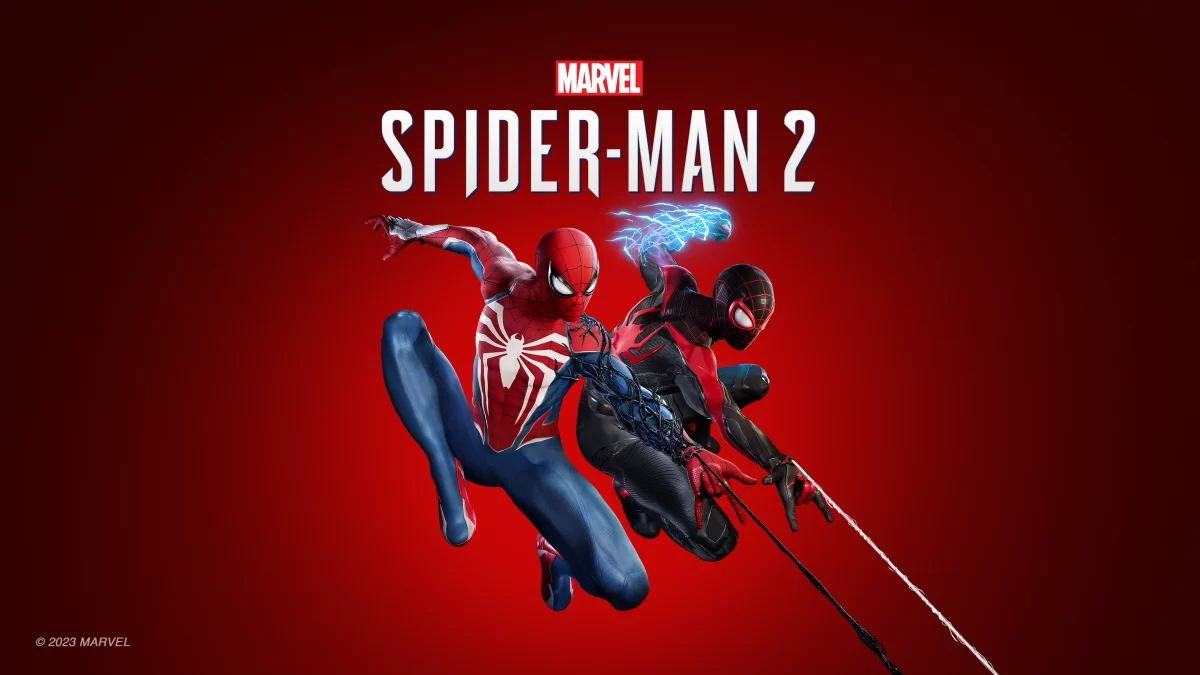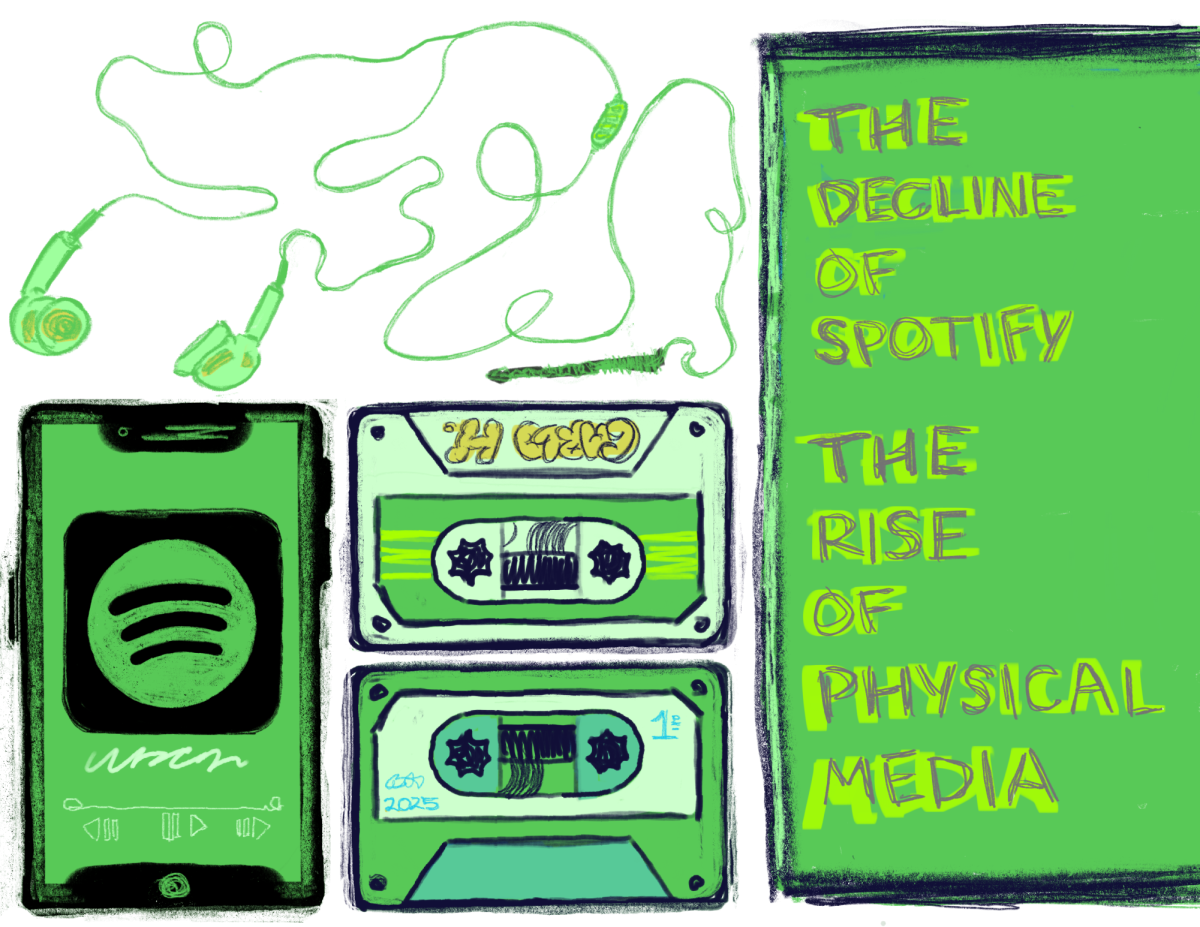Superhero games have been around for years, dating back to at least the early 2000s, with many titles grabbing the attention of active Marvel and DC fans such as 2015’s Batman: Arkham Knight, Marvel’s Avengers, and Warner Bros. Interactive Entertainment’s Injustice 2. Many of these titles, however, lack a moral story, with lackluster character depth and unengaging traversal and lifeless scenery. Many fans gave these games a chance because it allowed the entertainment worlds to open up a new era of interactivity, immersing the audience into a scene where the player could feel more connected to the characters.
Insomniac Games entered the scene in 2018 with Spider-Man, a superhero game designed and written well enough to capture the attention of players who may have ignored a Marvel-licensed release. It was a brawler-style game set in a detailed open world traversed by web-swinging, and it told a story with copious heart and great performances. The title cut through decades to capture Spider-Man as a character, and it resonated with longtime Spider-Man fans without estranging newcomers.
Released on Oct. 20, Spider-Man 2, is a continuation of and elaboration on the first game. There are new supervillains to fight, new powers for the game’s protagonists, Peter Parker and Miles Morales’ Spider-Men and new suits to unlock throughout the long and engaging story. New York has been expanded to include more well-known characters from the comic books, and the narrative builds to lend greater depth to the story.
Instead of copy-pasting the entry from five years earlier, Spider-Man 2 fulfills fans’ expectations by adding features easily superior to those from previous titles, such as the web wings, slingshot and cooperation between Miles and Peter. All of these features have been requested by fans for years across social media and PlayStation in showcases since the release of the original title in 2018.
Before the game’s release, in an interview with Insider, the Spider-Man 2 senior narrative director Jon Paquette said his team focuses on players’ reactions when developing games.
“What we’re gonna do is we’re gonna wait to see how the fans react,” Paquette said. “We’re gonna listen to the fans and we’re gonna ask ourselves, ‘OK, what do the fans really want?’”
Spider-Man’s ability to connect with fans is nothing short of astonishing, which we have seen since the beginning of his character throughout comics, movies, TV shows and books. As such, Insomniac is able to take this a step further by offering a complex story that dives deep into more of Miles and Peter’s personal lives, especially how it affects them throughout more dangerous scenarios, all the while furthering players’ sense that they are embodying the characters.
In an email interview with WIRED, Spider-Man 2’s senior game director, Ryan Smith, said accomplishing this wasn’t simple. Creating an immersive game involved elements from controller feedback to character animations.
“Allowing players to feel as though they’re inhabiting Peter and Miles’ superhero roles is a huge collaborative process, and it takes a lot of hard work to make sure that the game feels really responsive,” Smith said.
Smith highlighted Spider-Man 2’s emphasis on “personal relationships with friends and family” and its interest in music (Miles) and science (Peter).
“Equally important is supporting the human side of our heroes,” Smith said.
Smith said that leaning into these aspects of the characters makes “our heroes more real and relatable.” Along with supervillain showdowns, it also gives the characters room to grow and overcome challenges, rather than portraying them as immortal beings too far removed from the audience’s experiences to seem human.
Even more than in Insomniac’s first Spider-Man, the sequel leans into the emotional lives of its characters. Now that the player knows this version of Peter and Mary Jane, Insomniac introduces new conflicts to both their relationship and their renewed friendship with corporate friend Harry Osborn, who rejoins the others after disappearing from their lives in the belief that he was terminally ill. Complications naturally follow his return, and their outcome, paired with the drama of Miles’ highschool struggles, provides a rich backdrop for the game’s flashy action sequences.
According to senior creative director Bryan Intihar, much of this material is drawn from existing Spider-Man stories.
“Everything starts with the source material, the comics, and digging into what it is about these characters/worlds/storylines that fans love so much,” Intihar said in the same WIRED interview.
But Insomniac is quick to overturn character arcs and dramatic developments that those familiar with the game’s villains and frequently retold character arcs might expect.
“While we want to be respectful of the DNA of the source material, we also want to look for opportunities to mix things up to make it feel unique and ‘Insomniac,’” Intihar said.
The take on the characters’ action sequences is also notably unique and impressive. Spider-Man 2 turns the game’s numerous chase scenes into breathlessly interactive thrill rides that easily rival the best cinematic depictions of the character. Audiences whose eyes have begun to glaze over while watching superhero movies or TV shows are likely to find the video game version far more engaging.
Unlike the CGI-loaded action films, everything in Spider-Man 2 is computer-generated, and the action scenes are directed by people who understand how to impart a sense of weight and danger into what could otherwise devolve into ineffectual light shows. The game’s decision to feature both Miles and Peter’s Spider-Men as playable characters, often swapping between them in the midst of a scene, goes a long way toward heightening the effect.
These perspective shifts required Insomniac to find the balance of consistency and differentiation between the characters. The studio had to make the two play like different superheroes, which mostly comes through via Miles’ electricity powers and Peter’s use of an alien “symbiote” suit to whip around tentacles for much of the game.
The feeling of actually inhabiting these characters continues to make Insomniac’s work stand out from other superhero media.
Smith described the challenge of taking Spider-Man’s “web wings,” retractable gliders that allow him to fly through the sky between web swings, and translating them into a video game traversal tool as the kind of interactivity that’s “one of the aspects that makes games unique from other media.”
“Finding those moments that people have always wanted to be able to experience, making them possible and then integrating them into our game systems is an awesome opportunity,” Smith said.








